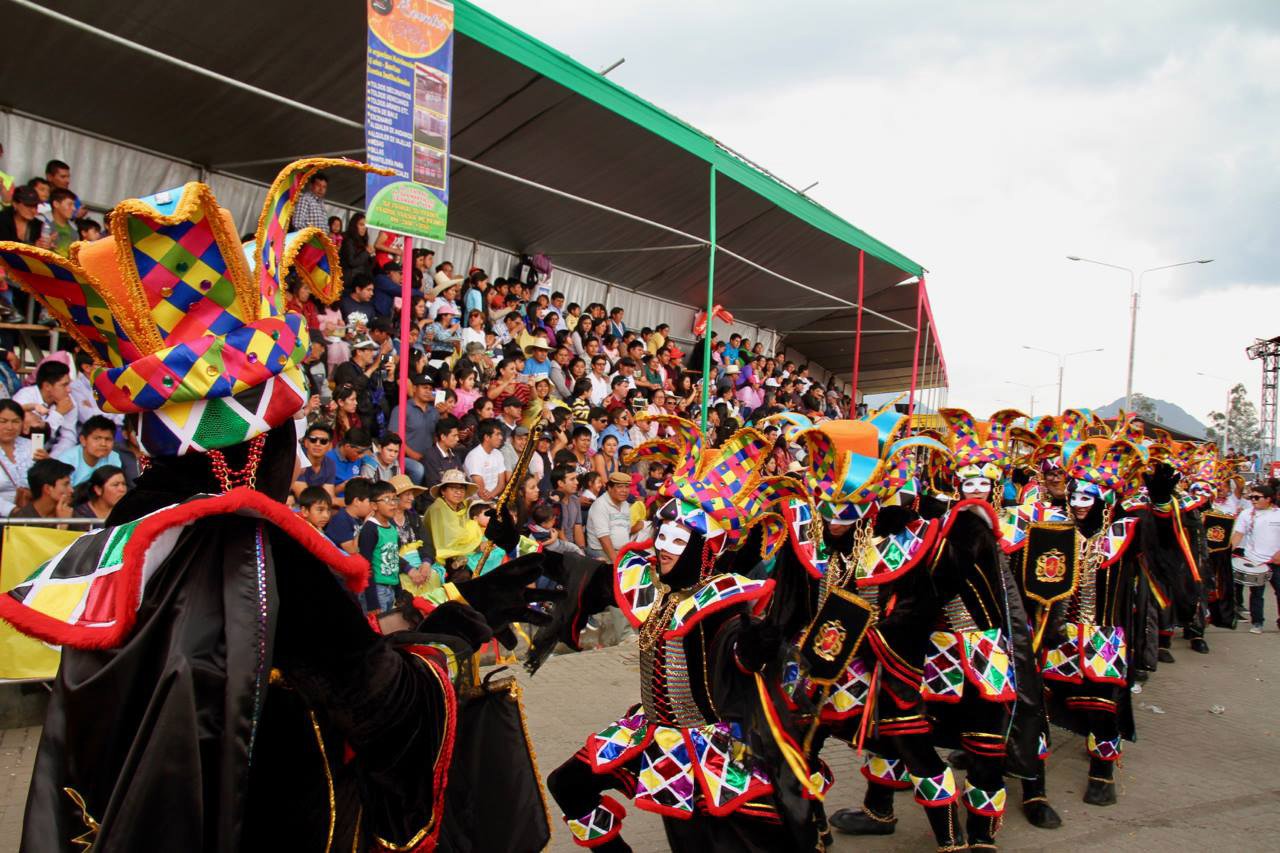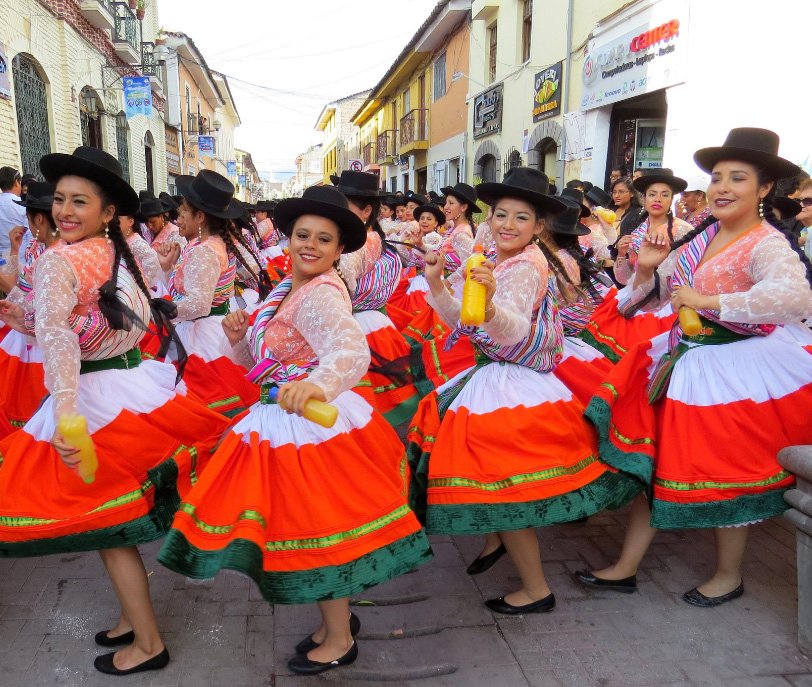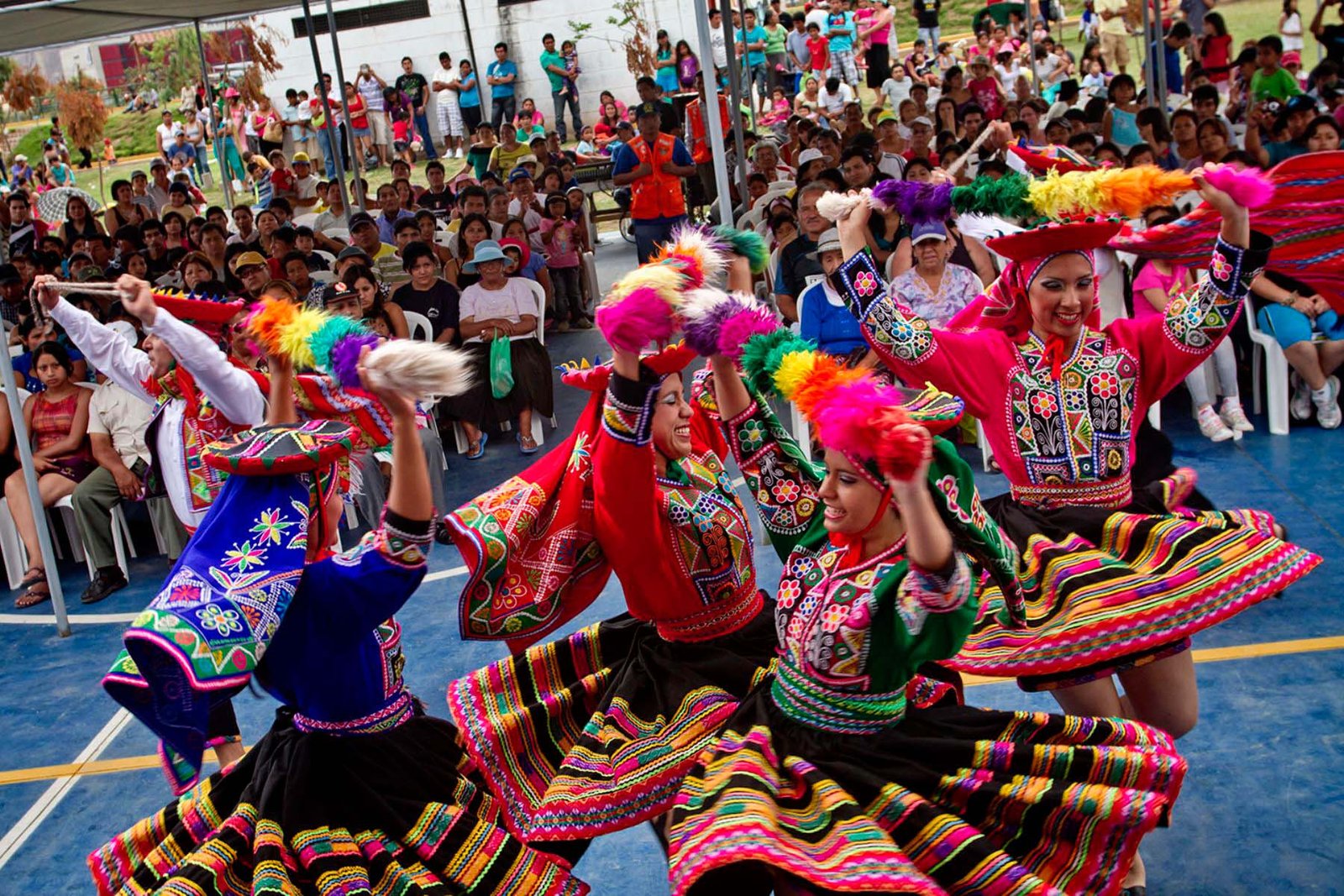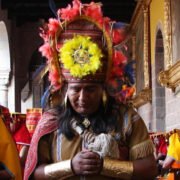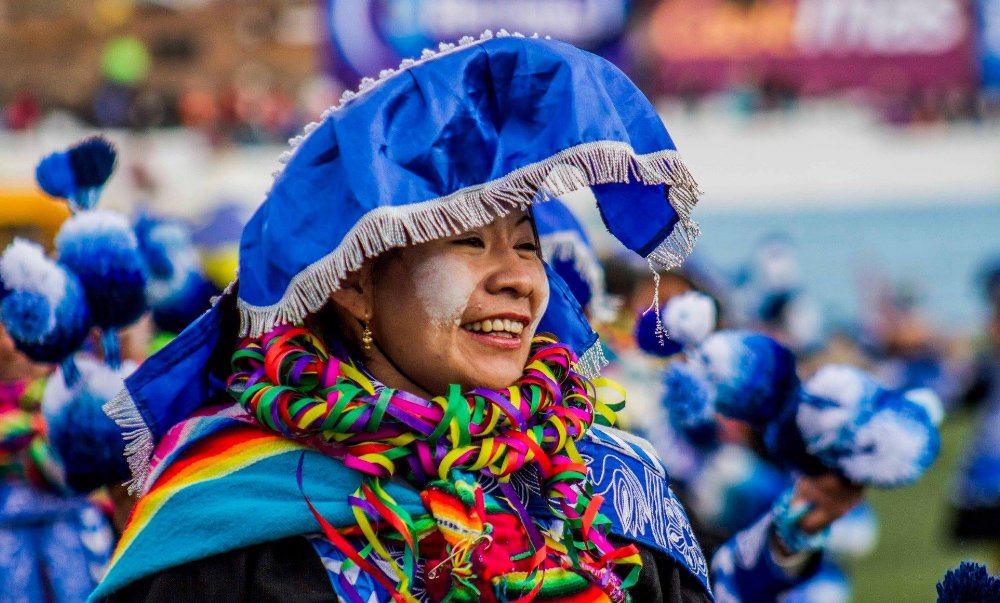
Peruvian Carnival and its regionalities
The Peruvian carnival is one of the two greatest artists and extensions of the world.
Throughout the month of February, joy and festivity are scattered throughout the country.
From Cajamarca to Tacha, discover that this carnival is the best tourist destination in the world!
Like the Peruvian Carnival?
With celebrations lasting several weeks, Carnival in Peru is celebrated with street parties, music, dancing, parades of floats and incredible cuisine.
Much representation and participation of the population, as always, the contagious party spreads to the four corners of the country.
Each region of Peru has some unique cultural traditions, which differentiate and at the same time complement the general foliage.
See how the Carnival celebration is distributed in Peru:
Carnival in Puno
This year, the city of Puno, on the shores of Lake Titicaca, became the folkloric capital of Peru during the first two weeks of February.
It was in Puno that the Fiesta de la Virgen de la Candelaria infected residents and visitors with one of the biggest religious festivities in the Peruvian Andes.
Normally, one of the most important days of the festival is Thursday, when the Solemn Mass of the Eighth and the procession in honor of the Saint are celebrated.
On Sunday, the Dance Competition in Light Costumes is held, while on other days groups of dancers and musicians parade through the main streets of Puno.
Carnival in Cajamarca
Located in northern Peru, Cajamarca is known as the “Peruvian Carnival Capital.”
There, improvised verse competitions, called “killinas”, and the strong and joyful presence of “Ño Carnaval”, a version of King Momo, take place.
The most striking feature of the carnival in Cajamarca are the songs and the carnival costumes.
Carnival in Ayacucho
In Ayacucho, in southern Peru, the celebration of Carnival is considered one of the most authentic cultural manifestations by the local population.
The Peruvian essence in costumes, masks, urban and rural dances give the Ayacucho touch to the party.
A mixture of children’s, youth and adult joy, appreciated by the land of artisans and representative of the carnival, contemplates the party.
Carnival in Juliaca
The Carnival in Juliaca, a city located in the southeast of Peru, is a huge folk festival.
Marked by Taripacuy, the custom of decorating houses and businesses with streamers, flowers and balloons, the local carnival party is a mix of Andean traditions with Catholic celebrations.
Dance and costume contests, spread throughout Juliaca, mark a unique, joyful and fun carnival.
Carnival in Arequipa
In Arequipa, the carnival is a big party, with a dispute between the neighborhoods.
The fights for a better dance, fantasy, joy and animation mark the event in this city, located to the south, in Peru.
With great enthusiasm, the young revelers take to the streets in search of jokes and rhymes that entertain the public.
Gastronomy in the carnival plays an important role, with a lot of pork, turkey, chicken, accompanied by cauliflower, with a lot of pepper.
Carnival in Saint Martin
In San Martín, the event is marked by the dance around the Humsha (palm trees decorated by the locals).
Costumed revelers dance around the humsha, and whoever you choose will host the party next year.
Competitions between neighborhoods also mark carnival in San Martín, which still celebrates carnival with some indigenous celebrations.
Well, now that you have seen the carnival in different regions of Peru, you know that here the festivities are full of joy, animation and culture.
Inspirational Font: AmautaSpanish y Brasil Turis
Images: Los Andes, Bienvenido a Ayacucho, Andina
Recent Posts
Cusco, Peru: a world of history, architecture and gastronomy
Warachicuy – The Inca Warrior Ritual
Inti Raymi – The Festival of the Sun
Tags

Thailand









